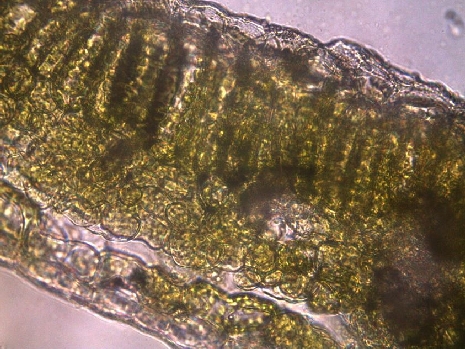Principle
The leaf of a deciduous plant consists of several layers. Cells with many chloroplasts are found in the deeper layers. The external tissue layer, the epidermis, protects the plant against moisture loss due to evaporation. It does not contain any chloroplasts and the cells appear transparent when viewed under the microscope. Densely packed cells extending upwards and containing numerous chloroplasts are found in the palisade layer. Below, it is followed by the spongy parenchyma, under which lies another epidermis functioning as a boundary tissue.
Benefits
- Experiment is part of a complete solution set with a total of 50 experiments for all microscopy applications
- With student worksheet, appropriate for all class levels
- With detailed instructor information, incl. sample microscopy image
- Optimized for tight schedules, i.e. minimum preparation time required
- Microscopy solution set specifically designed to include all required accessories
- Content available with matching multimedia files


